Unfortunately topical, as war has returned to Europe, the National Army Museum has revamped its conflicts in Europe gallery to put more objects on display and bring it up to date.
The refreshed exhibition opens with a huge painting of soldiers waking up on the morning of the Battle of Waterloo, which was recently acquired and restored by the museum, and swiftly leads to an even larger scale model of the battle itself.
The display, which fills half the floor, ranges across 350 years of history, right up to the current Ukraine conflict, with a refreshed look at the Crimea War in the 1850s. There are a lot of the obvious military objects to see here, from the implements of war to the trophies of war, but life in the military is best brought home by the range of supporting material that’s on show.
The medical requirements are here, but also the side effects, such as General Sir Mark Walker’s campaign journal, open on the page that shows his fine handwriting turning rough, the day after he was shot, but kept reporting back the effects of the war.
Florence Nightingale’s bracelet, gifted to her by the Sultan of Turkey in 1856, is one of a number of objects that she wished to remain in a public collection so that “soldiers could see them” after her death.
A conchy is here, a small porcelain figure that was given to people who refused military service during WWI and were labelled cowards, even though many still served in the conflict zones as medics.
During WWI, soldiers were issued a rum ration, and one of the large rum jars is here, while later it turns out that personnel stationed in Berlin could catch a military train back to West Germany, The Berliner, with the menu on display offering supper with wine.
There’s a chance to climb into a replica tank, that shakes and growls as you control its advance over enemy territory. Looming towards the end of the exhibition is a decommissioned Rapier air defence missile system, which was once used to protect London during the 2012 Olympics, and a 1980s drone.
The refreshed Conflict in Europe gallery features over 900 objects, from weaponry and uniforms to artworks and personal letters. Many have never been on public display before, including equipment used in Bosnia and Kosovo in the early 2000s.
It’s a permanent part of the museum collection and is free to visit. You can find it on the third floor of the museum.
The gallery is the latest stage of a programme of refreshment of the National Army Museum’s permanent exhibition spaces. As a result, there are over 50% more objects on display than when the Museum reopened after a major rebuilding project six years ago.

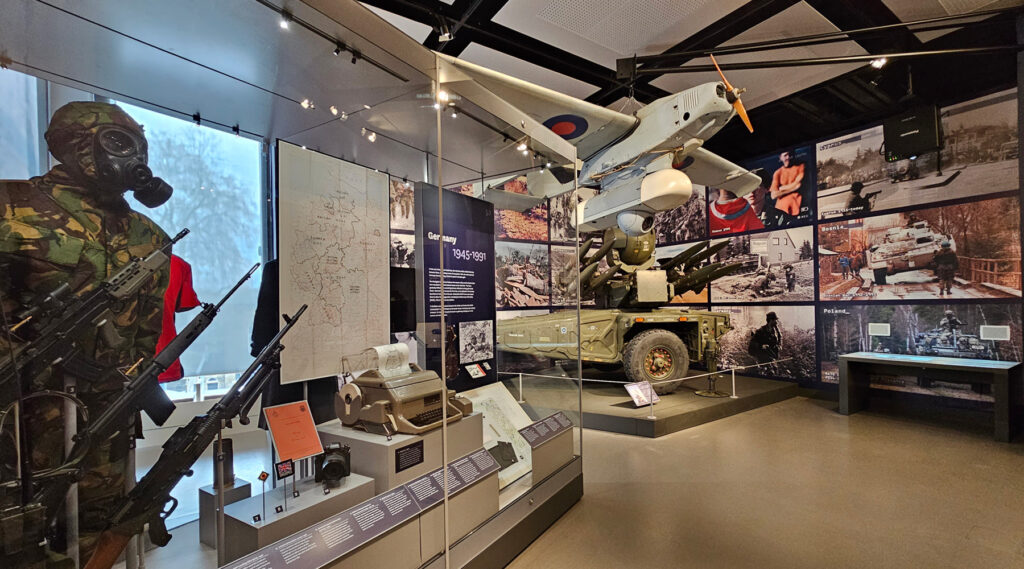
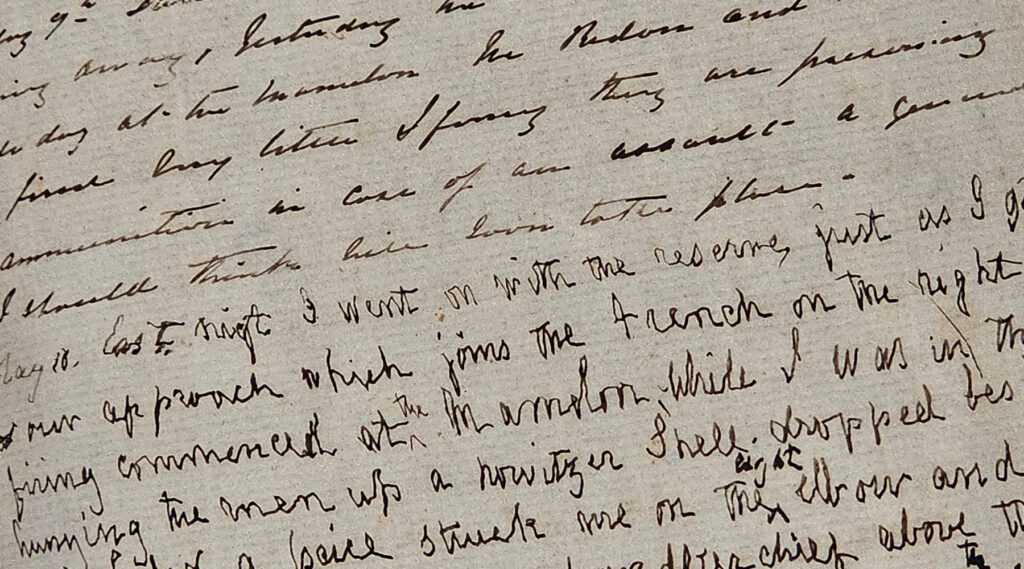
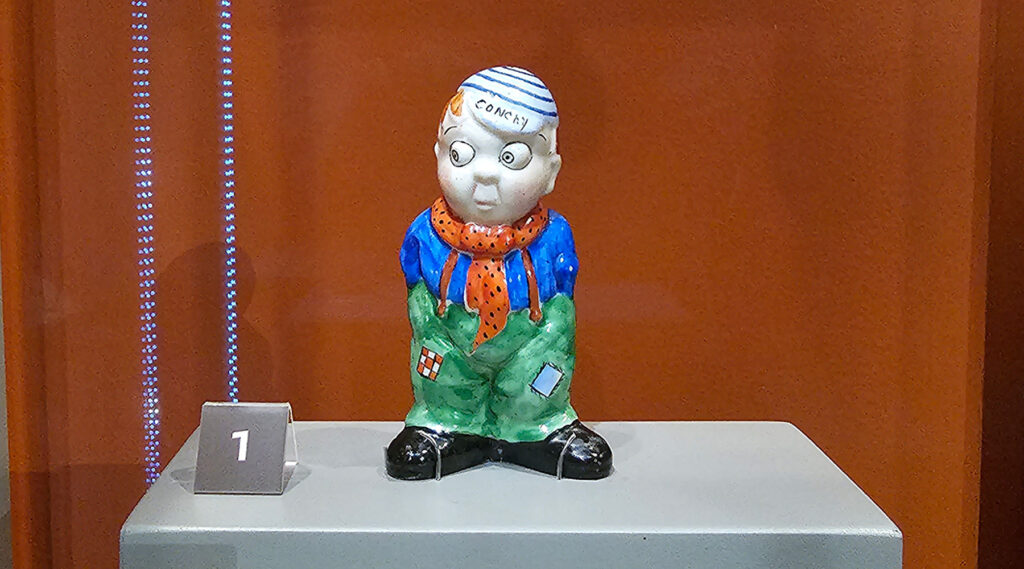
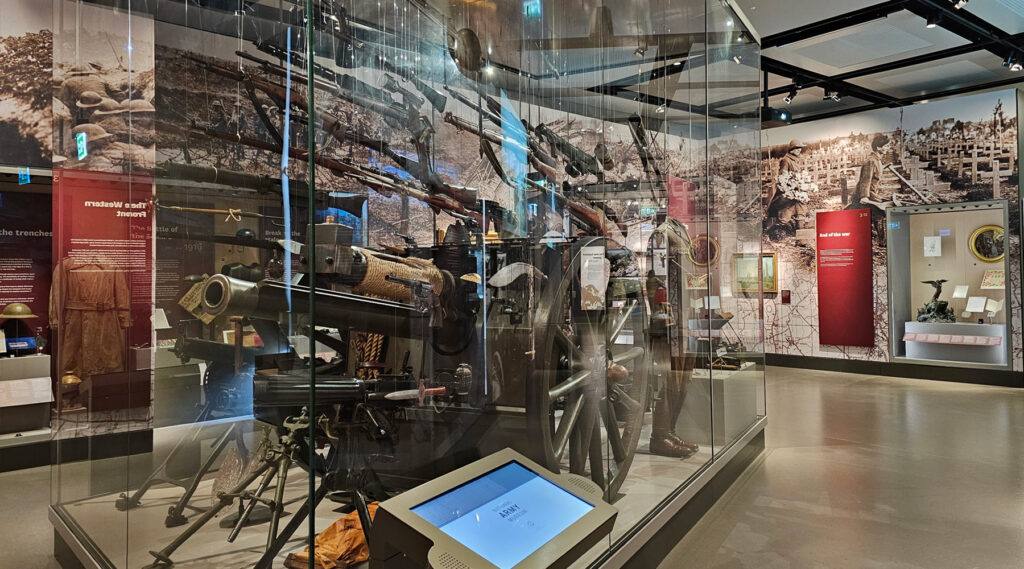
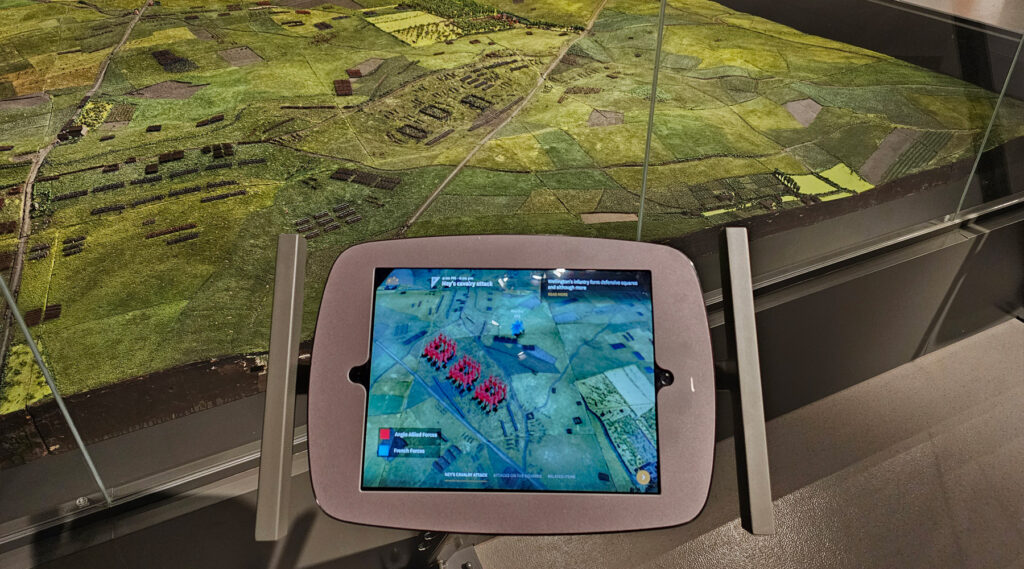
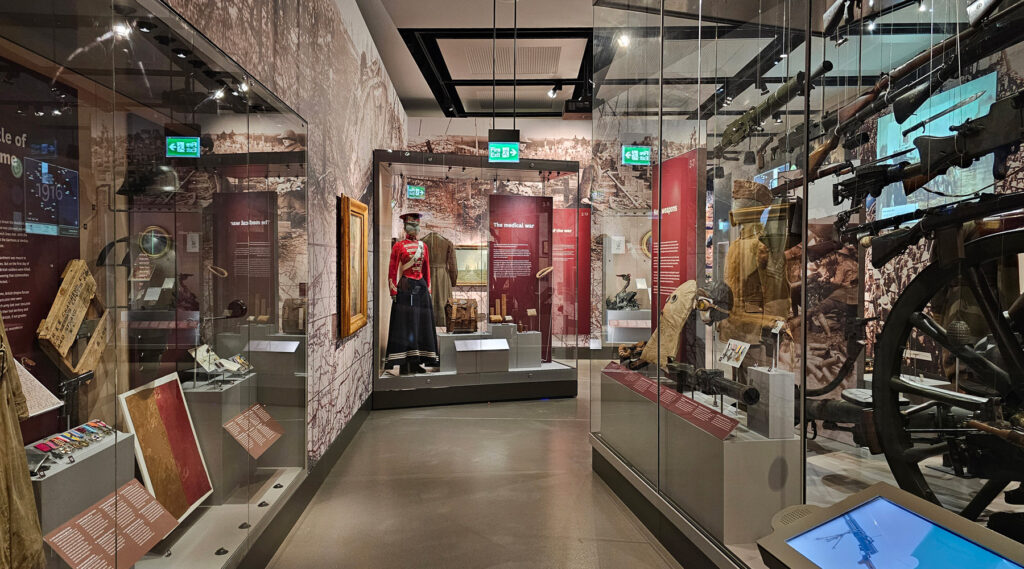
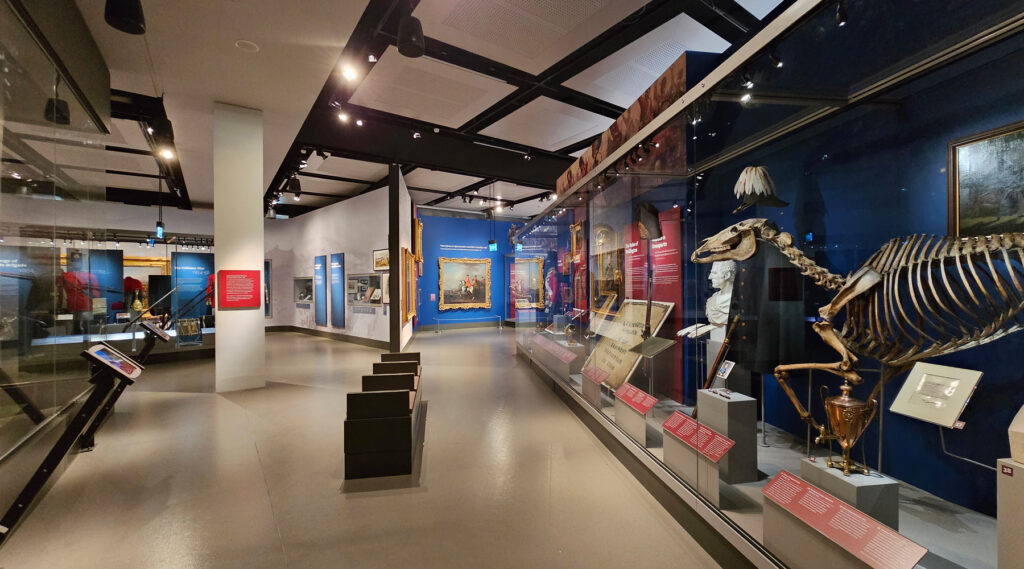







Is “conchy” a play on conscious objector?
Good that more objects are now available to see. The ‘revamp’ back then was of course controversial, and many of us still miss the old museum arrangement. I must admit its temp exhib on the post-war occupation of Berlin was excellent but the perm galleries leave a lot to be desired